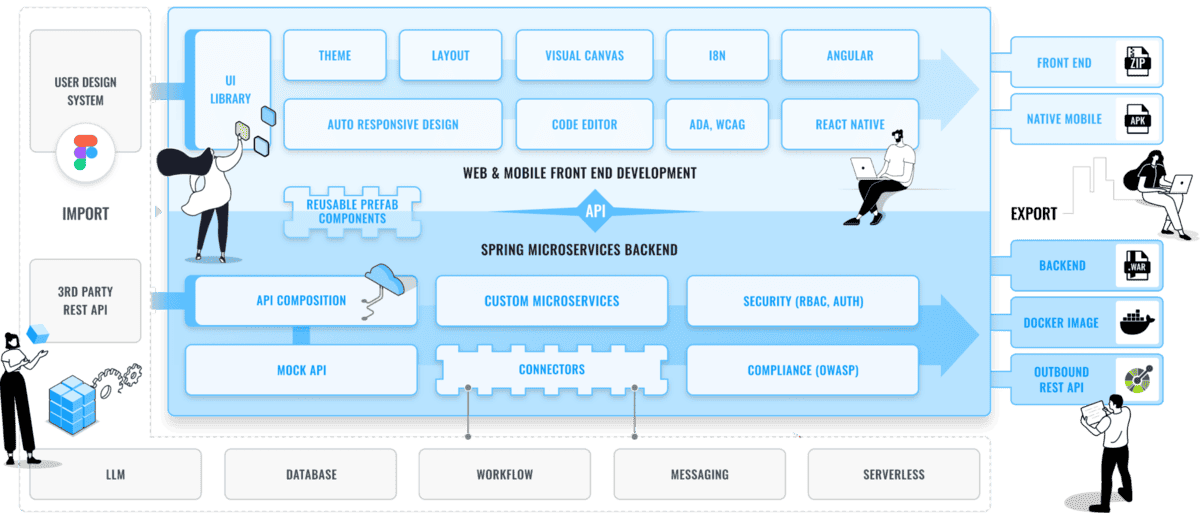The Forrester Wave™: WaveMaker named among top low-code development platforms for professional developers, Q2 2023


Yource adopts WaveMaker low-code as an enterprise-wide development strategy.

Banko di Seguro Sosial (Social Security Bank) leverages WaveMaker to modernize mission-critical applications.

Colruyt Group accelerates time-to-market with WaveMaker low-code platform.















